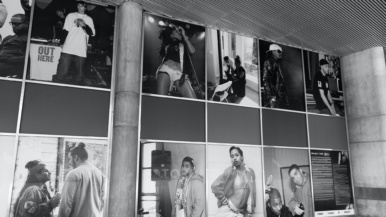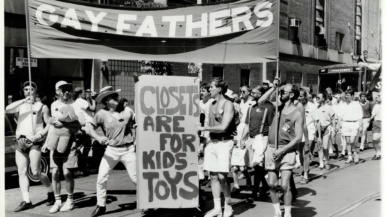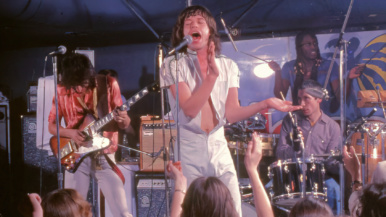Six amazing portraits of black Torontonians whose families escaped America in the 19th century

Free Black North, the AGO’s Contact Photography Festival exhibition, offers a rare glimpse into the history of Canada’s black community. The mesmerizing portraits depict people who are thought to be descendants of black refugees, who escaped slavery in southern American states in the mid-to-late 19th century and built new lives north of the border.
Until recently, the exhibit’s photographs were sitting abandoned in a old trunk tucked away in an attic. Historians Alvin McCurdy and Richard Bell helped gather the photographs and gave them to Archives of Ontario and the Brock University collection. The AGO knows very little about the photos, the photographers or their subjects—not even their names. They hope showing them might attract historians and descendants who know some of those details. “I want to know who they are and what their journeys were like,” says curator Julie Crooks. “We don’t know any of the answers, and we might never know.”
Still, Crooks says, the discovery is important in understanding how black people were represented in the era. For them, photography was a chance to control how they were portrayed and how their history would be passed down. “These people presented themselves the way they wanted to be seen—poised and self-assured.”
Here, the stories behind five of our favourites images from the show, on now until August 20.

All of show’s photographs are small—about the size of a baseball card. Crooks chose this shot as Free Black North’s marquee image because of its subject’s commanding pose. “She’s really compelling to me,” Crooks says. “She stares at us with agency and style—it was obvious that she should represent the show.”

The introduction of the inexpensive tintype—photos printed on thin tin plates—in the 1860s made photography available to anyone who saved up a little bit of money. The subject had to sit for a while, since tintypes had longer exposure times. This pair of women used it to capture a trip to Niagara Falls. “Look how confident and comfortable these women are. They’re subjects who refuse to be treated like objects,” says Crooks.

“Some of the subjects were not too long removed from slavery, so that history is still very present with them,” Crooks says. It appears this photo was taken at a studio called Shorey, which would have likely been just north of Dundas, across the street from the recently closed HMV.

Photo studios had an important role for minority communities and former slaves, who still experienced significant racism in Toronto. “When they went to a photographer’s studio, they were treated well,” says Crooks. “Photographers are hired to do a job and they’re going to do it well because they want you to come back.” The photographer hand-tinted this shot with red in the tablecloth and the woman’s two bows.

Some people brought props with them to the studio, like this unidentified man with a cigar. Crooks likes that this tintype has some wear and tear—she says it’s part of its character.
Clarification
An earlier version of this post stated that the subjects of these photos were escaped American slaves. The AGO believes it's likelier they are descendants of black Americans who fled to Canada.





